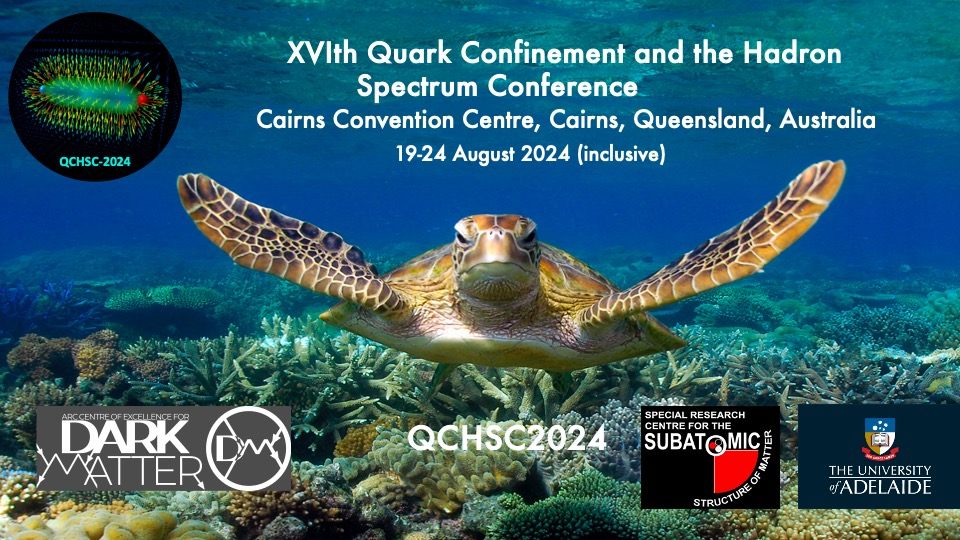Speaker
Description
We deepen the understanding of the primordial composition of the Universe in the temperature range $130\,\mathrm{GeV}>T>0.02\,\mathrm{MeV}$ within the big-bang FLWR cosmology model by applying the know-how of the Standard Model (SM) of particle physic. In this temperature range the unknown cold dark matter and dark energy have a negligible influence allowing a reliable understanding of physical properties of the SM Universe. SM elementary particles were abundantly present as the hot primordial Universe expanded and cooled. We study the abundance of SM particles initially dominated by strongly coupled SM heavies (t, H, W, Z) present in the hot primordial plasma in search for periods of long-lasting abundance (chemical) non-equilibrium of great relevance to baryogenesis processes. After SM heavies diminish in abundance below $T\simeq 50$\,GeV, the SM plasma the Universe properties are governed by the strongly interacting Quark-Gluon content. Once the temperature drops below $T\simeq 150$\,MeV Quarks and gluons hadronize into strongly interacting matter particles. Rapid disappearance of baryonic antimatter ensues which completes near $T=38.2$\,MeV in a Universe with the present day photon to baryon ratio. Near $T=\mathcal{O}(2)$\,MeV we explore the emergence of the free-streaming neutrino era, and develop methods allowing to study the ensuing speed of the Universe expansion as a function of SM parameter primordial values which could differ from the present day measurement. We subsequently follow the early Universe as it passes through the hot dense electron-positron plasma epoch and we analyze the paramagnetic characteristics of the electron-positron plasma when exposed to an external primordial magnetic field. The high density of positron antimatter disappears near $T=20.3$\,keV, well after the Big Bang nucleosynthesis era. This requires reconsideration of nuclear reactions in the presence of a highly mobile electron-positron plasma phase. We apply plasma theory methods to describe the strong screening effects associated with polarization of the highly mobile electron-positron plasma phase.
